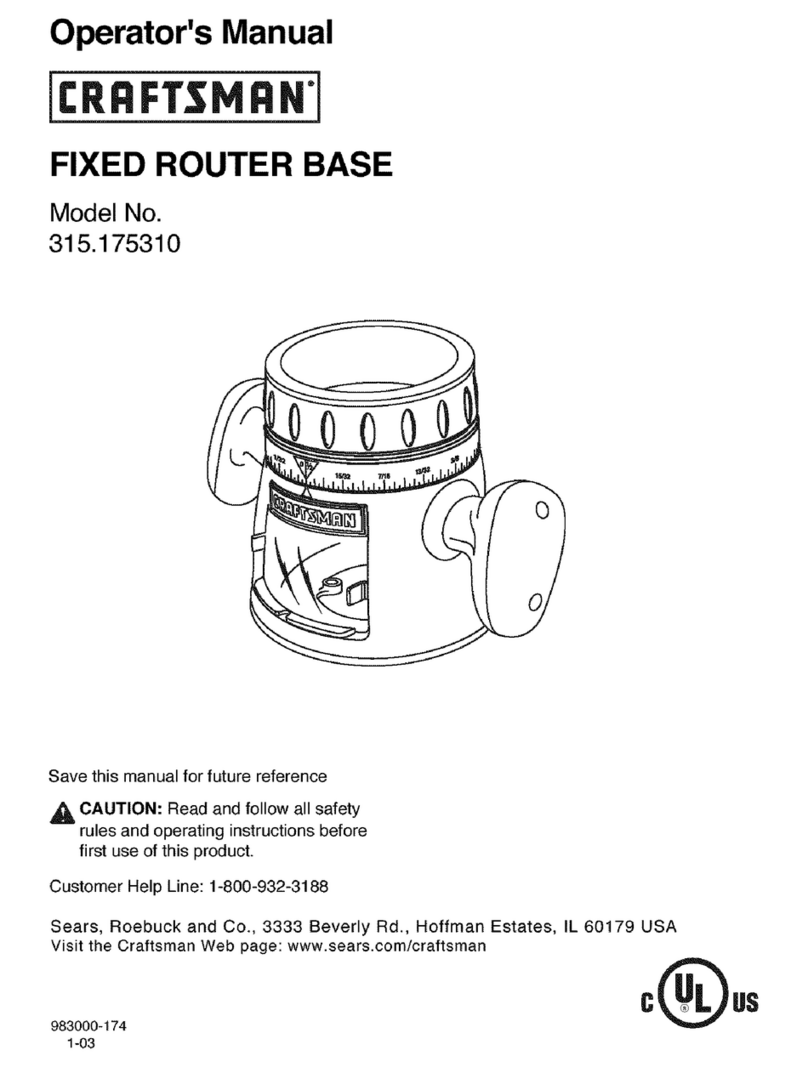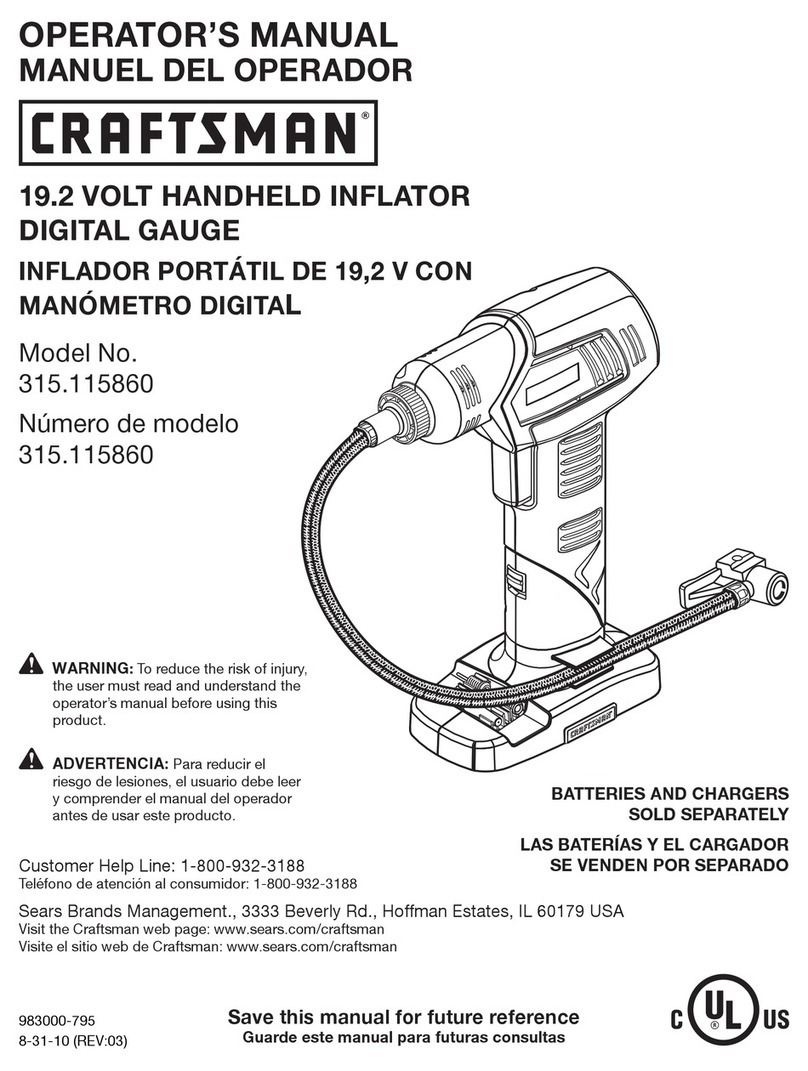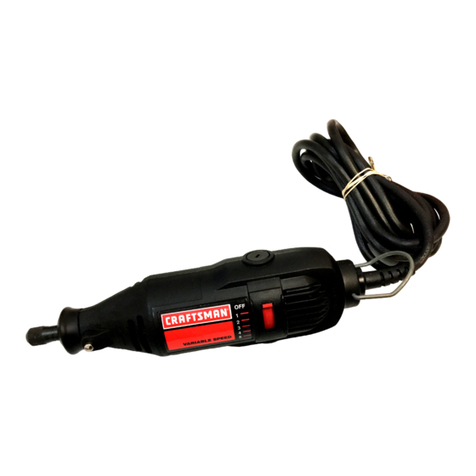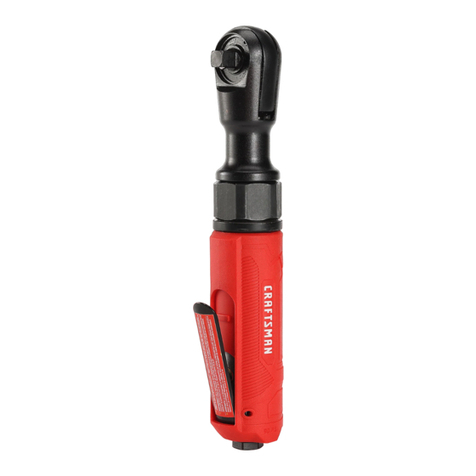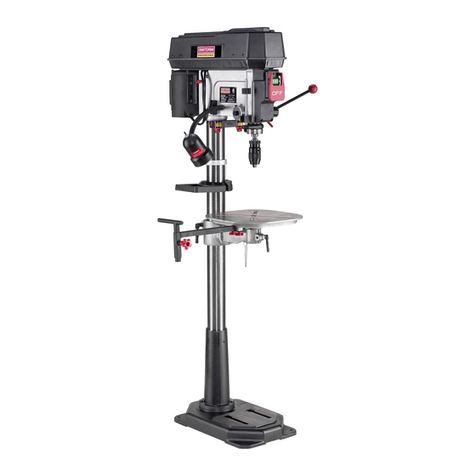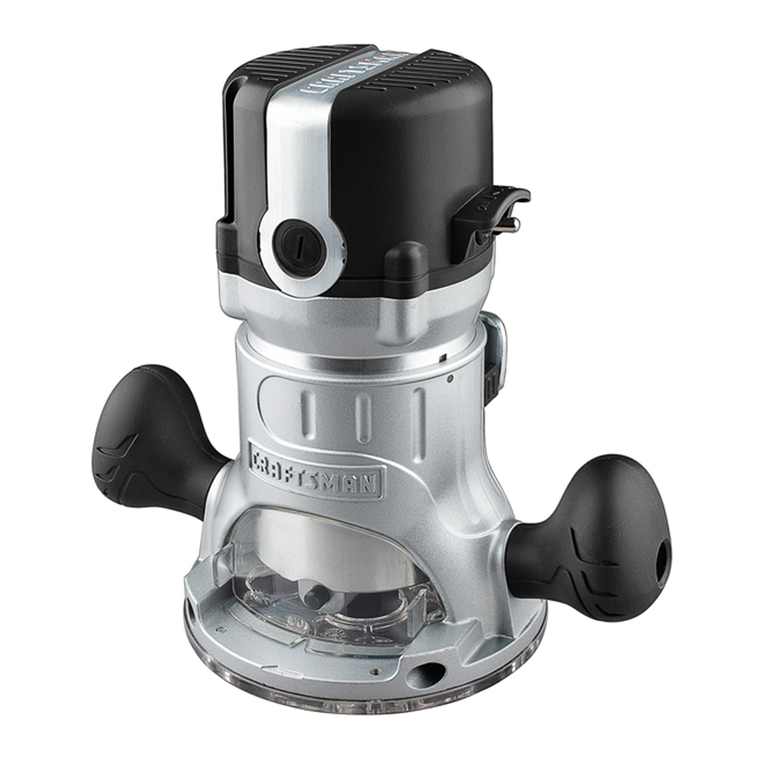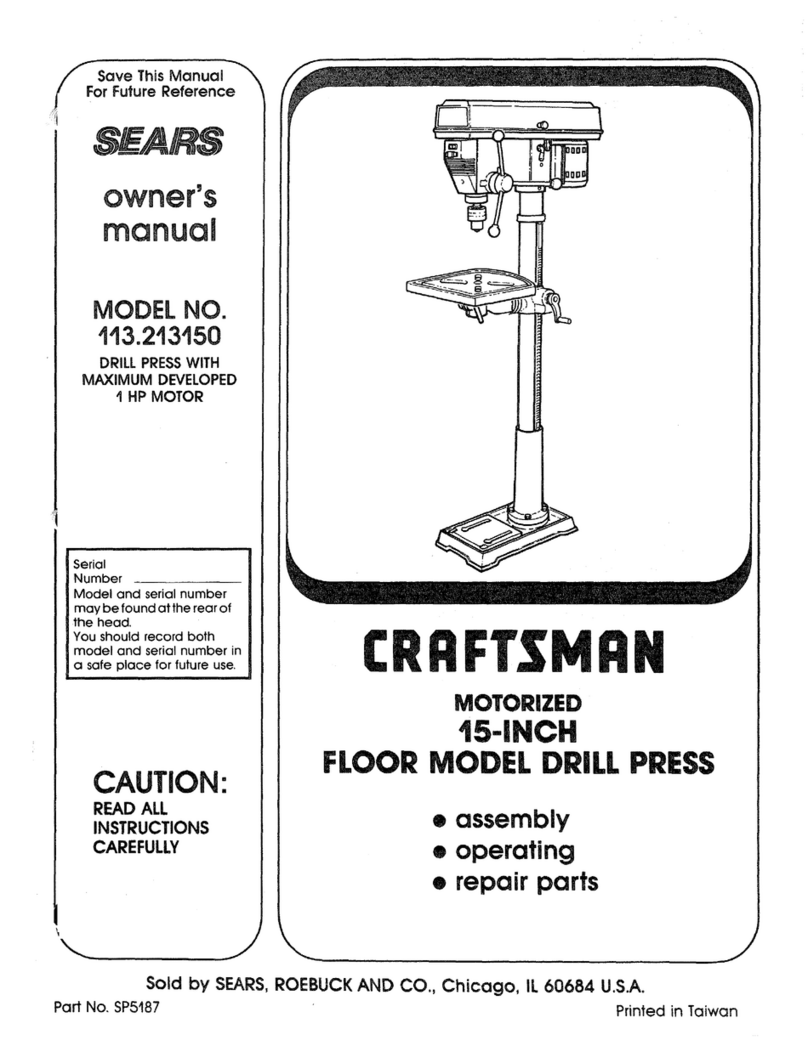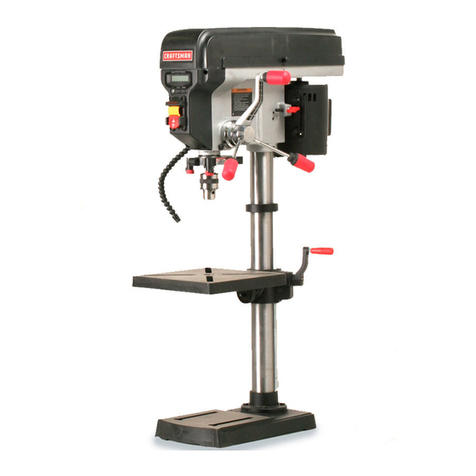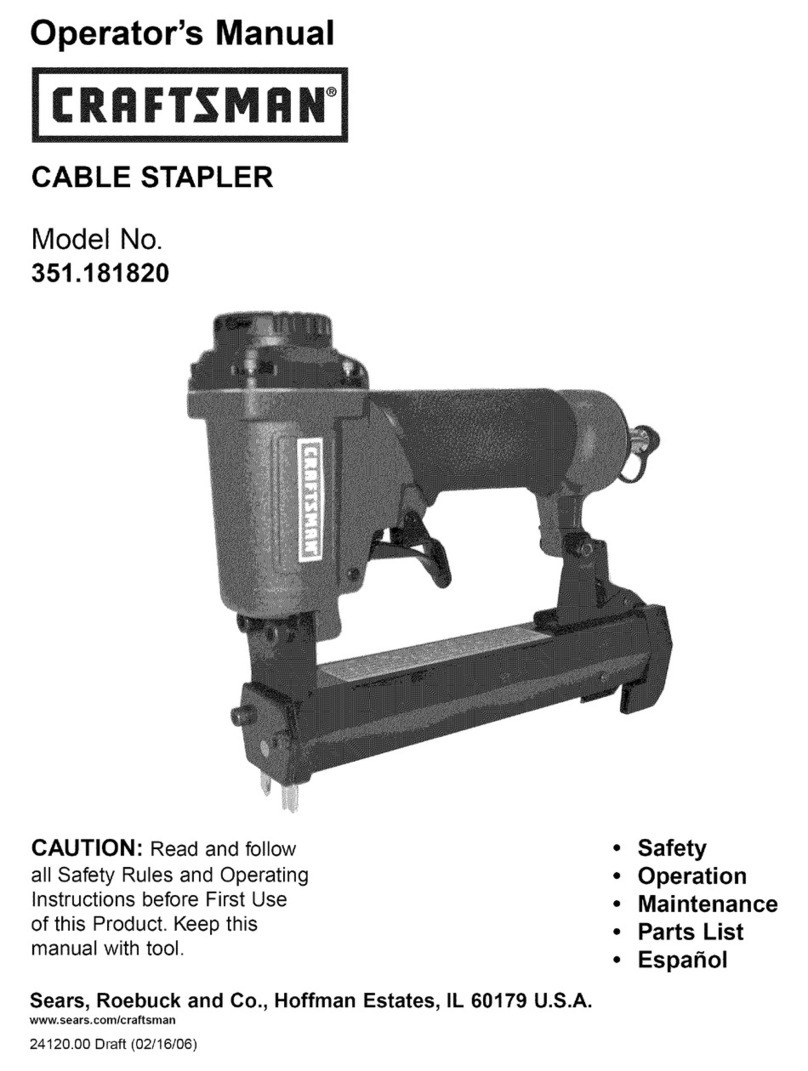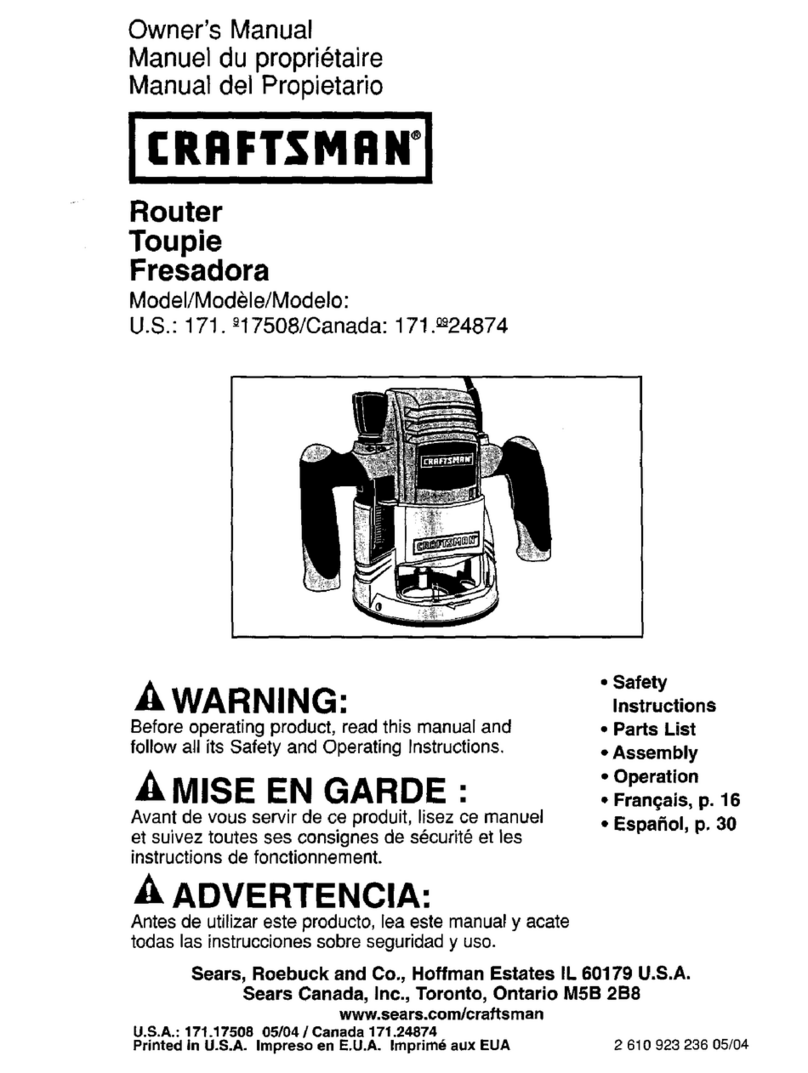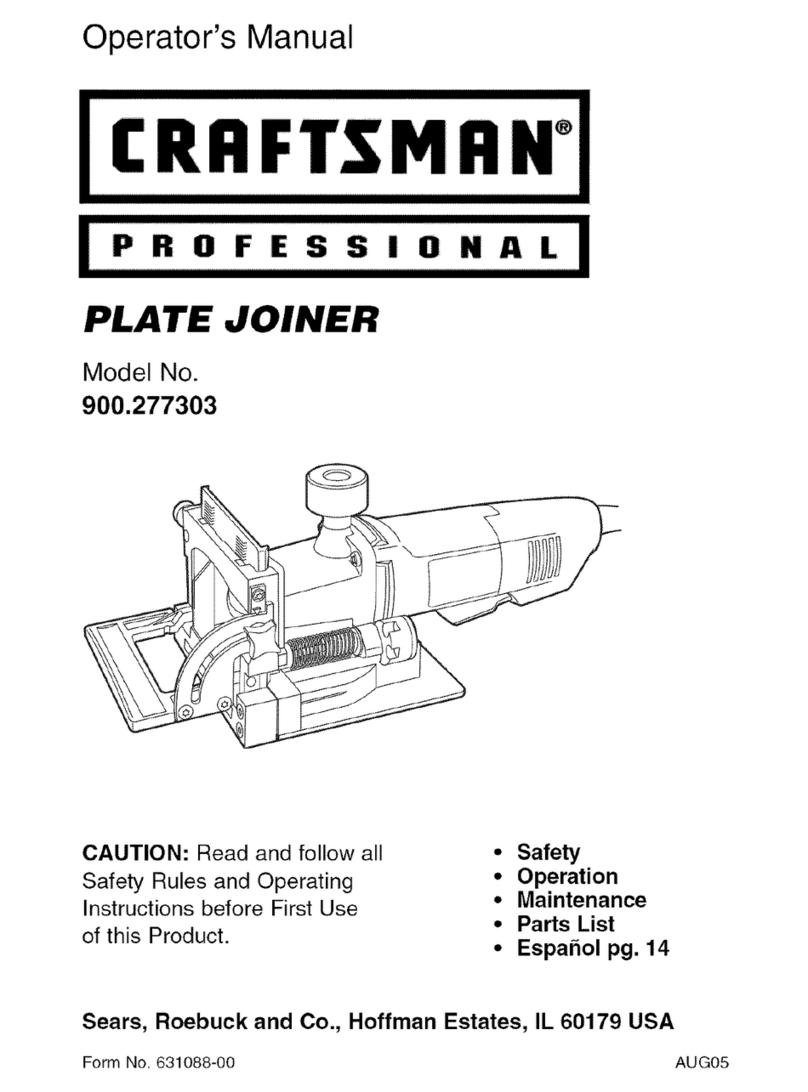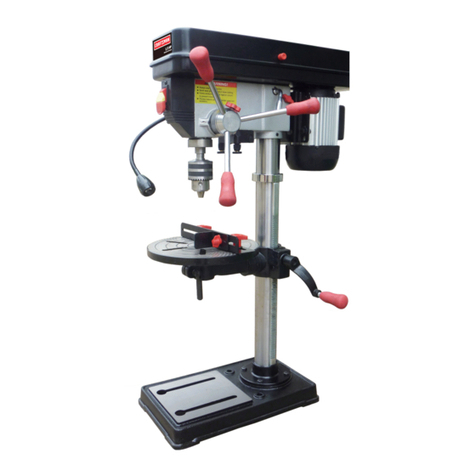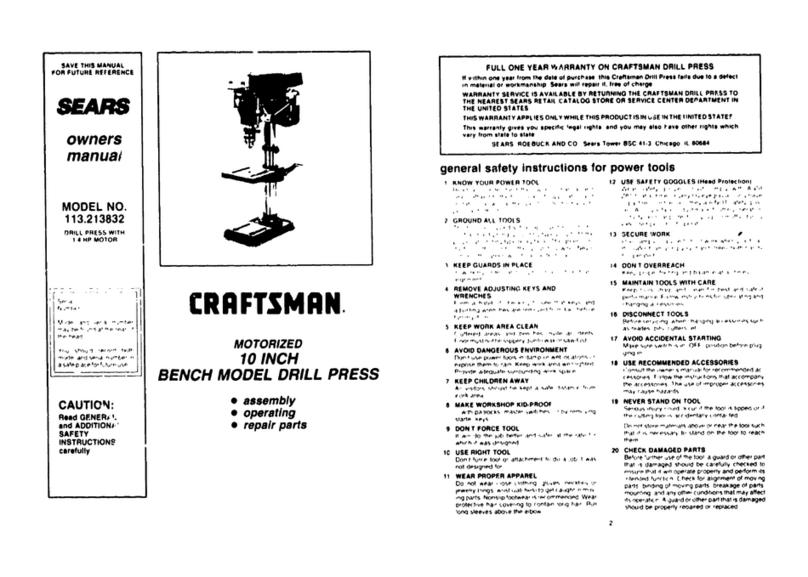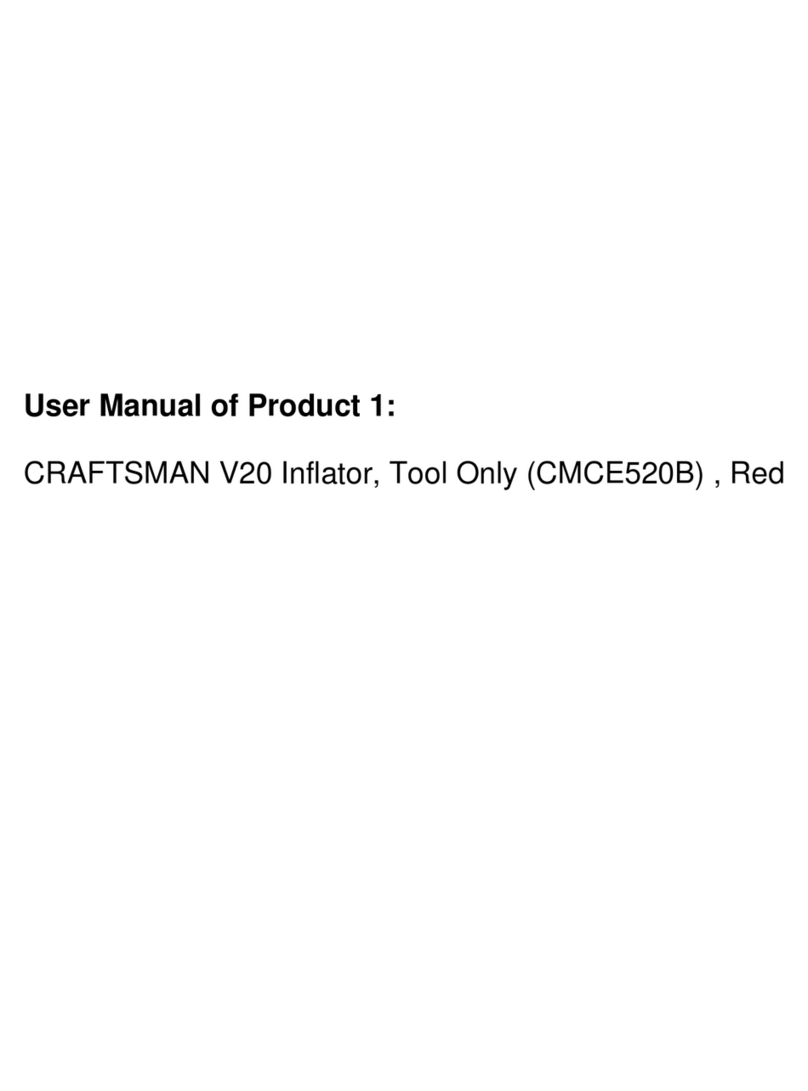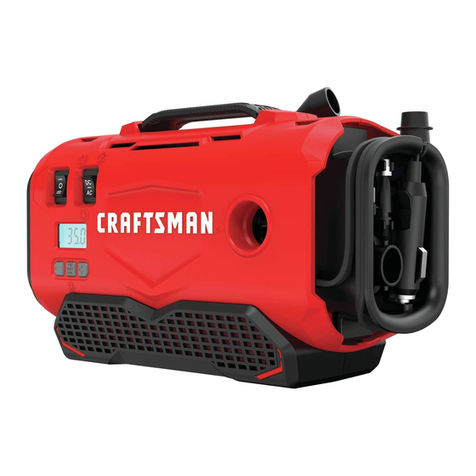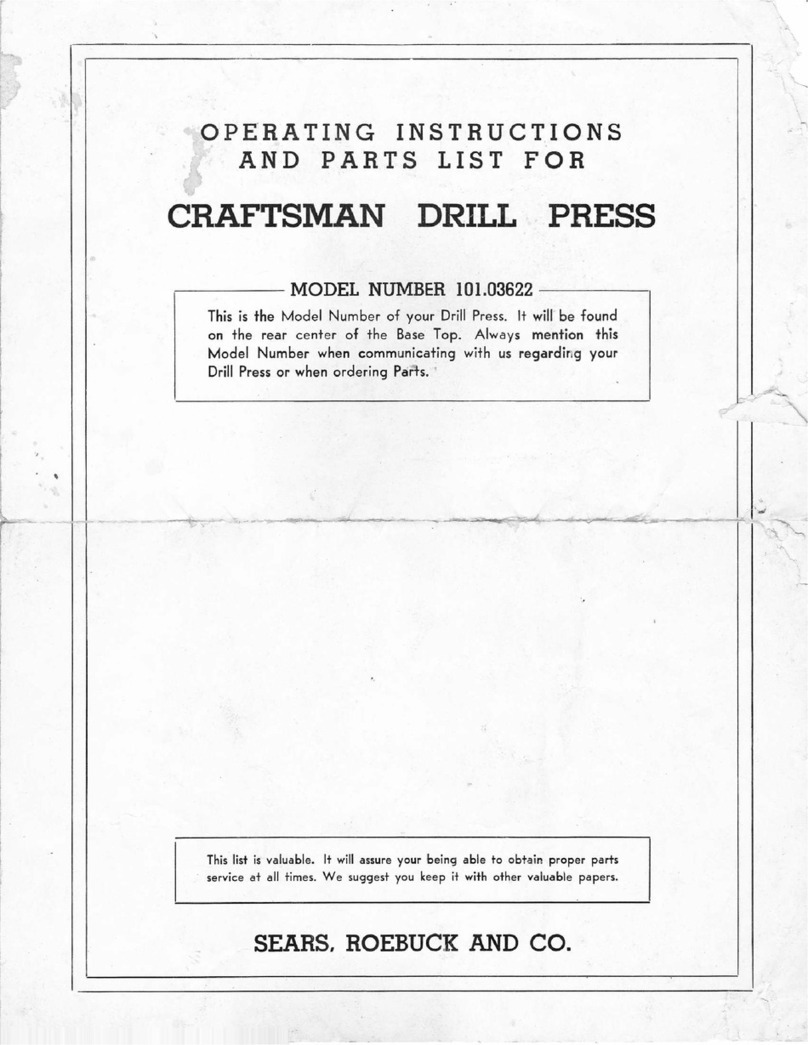CUTTING WITH A STRAIGHTEDGE (Fig. 12)
,_ WARNING: To avoid
accidents, always disconnect
the tool from the power source
before making any adjustments
or attaching accessories.
1. Always use a rough-cut
blade whenever possible.
2. Mark the cutting line. Note
the distance between the
saw blade and the side
of the saw's base plate.
Position the straightedge
parallel to the cut line and at
a distance from the cut line that is equal to the distance between the edge of
the base plate and the saw blade.
OR
Mark the side edge of the saw base and clamp the straightedge on the mark
and parallel to the cut.
3. As you cut, keep the saw base edge flush against the straightedge and flat
on top of the workpiece.
PLUNGE CUTTING (Fig.13}
Plunge cutting is useful and
time-saving for making rough
openings in soft materials. It
makes it unnecessary to drill a
hole for an inside or pocket cut.
1. Draw lines for the opening.
2. Hold saw firmly and tilt it
forward so the front edge of
the base plate rests on the
workpiece.
3. Make sure that the blade is
well clear of the workpiece.
4. Start the saw and then gradually lower the blade.
5. When the blade touches the workpiece, continue pressing down on the front
edge of the base plate.
6. Slowly pivot the saw on the front edge of the base plate until the blade cuts
through and the base plate rests flat on the workpiece.
7. Then begin sawing on the cut line.
IMPORTANT: Do not try to plunge cut into hard materials, such as steel.
A_, WARNING: To ensure safety and reliability, all repairs should be performed
by a qualified service technician at a Sears Service Center.
_1, WARNING: For your safety, always turn off the switch and disconnect the
tool from the power source before performing any maintenance or cleaning.
Periodic maintenance of your jigsaw allows for long life and trouble-free
operation. A cleaning and maintenance schedule should be maintained.
As a common-sense and preventive maintenance practice, follow these
recommended steps:
Inspect the blade; check it for wear or damage.
Use a soft clean and damp cloth to wipe the tool housing. A mild detergent
can be used but nothing like alcohol, gasoline or other cleaning agent. Never
use caustic agents to clean plastic parts.
• Keep the ventilation slots of the motor clean to prevent overheating of the
motor. Electric tools are subject to accelerated wear and possible premature
failure when they are used to work on fiberglass boats and sports cars,
wallboard, spackling compounds or plaster. The chips and grindings from
these materials are highly abrasive to electrical tool parts, such as bearings,
brushes, commutators, etc. Consequently, it is not recommended that this tool
be used for extended work on any fiberglass material, wallboard, spackling
compound, or plaster. During any use on these materials, it is extremely
important that the tool is cleaned frequently by blowing with an air jet.
,_, WARNING: Always wear safety goggles or safety glasses with side shields
during power tool operations or when blowing dust. If operation is dusty, also
wear a dust mask.
A_, WARNING: Keep the tool's air vents unclogged and clean at all times.
_, WARNING: Avoid using solvents when cleaning plastic parts. Most plastics
are susceptible to damage from various types of commercial solvents and may
be damaged by their use. Use clean cloths to remove dirt, dust, oil, grease, etc.
_I, WARNING: Do not at any time let brake fluids, gasoline, petroleum-based
products, penetrating oils, etc. to come in contact with plastic parts. Chemicals
can damage, weaken or destroy plastic which may result in serious personal
injury.
A_, WARNING: Water must never come into the tool.
LUBRICATION
All of the bearings in this tool are lubricated with a sufficient amount of high-
grade lubricant for the life of the tool under normal operating conditions.
Therefore, no further lubrication is required.
17434Manual Revised 09-0727 Page 16 17434Manual Revised 09-0727 Page 17
